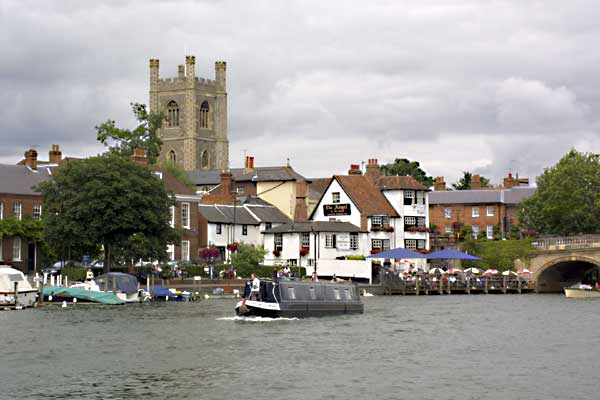
Preparing Images
For Internet and Email Use
 |
When using images for the internet or to
send as email attachments the size of the file has great impact
on how long it will take to send via email or to load in a web
browser. Basically, you want to make the file as small as possible
whilst ensuring that the picture 'looks good' when viewed on
a monitor screen. A common problem encountered by many computer users results from image files which are much too large and can take a very long time to send and receive, possibly causing an email service to reject them altogether or in some cases jamming up the mailbox until they are deleted. |
|
Pictures need to be saved as either .jpg (for photos) or .gif (for graphics) files and you will need a software programme which lets you resize and adjust the image to suit your purpose. Adobe Photoshop is the industry standard but there are many others such as Photoshop Elements, PaintshopPro and CorelPaint to name just three. The main thing to remember when using images for viewing on screen is that the pixel dimensions are what matter. So a picture 800 x 600 will fill the screen if you have your monitor set for 800 x 600 resolution .An image 400 x 300 will take up about 25% of the screen area.. A colour picture 400 x 300 saved as a reasonably good viewing quality .jpg file will probably have a file size of less than 30 kilobytes and will take about 10 seconds or so to download with a 56k modem. The image quality is good on screen but would only give reasonable print quality at about 3" x 2
|
